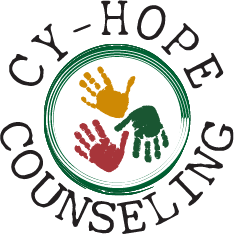The Physical Symptoms of Emotional Pain
Our minds and bodies are interconnected and constantly influence each other. Some signs of emotions are obvious- like smiling when we’re happy or crying when we’re sad, but what about some less obvious signals? Some people experience nausea when anxious or will shut down when angry. Beginning to notice these physical and behavioral cues can help you start to become aware of and identify your emotions before they intensify or spiral out of control.
The following lists of physical symptoms are not all inclusive or necessary signs of the emotions they may indicate, but are just examples of commonly experienced symptoms of each.
Anger:
Clenched jaw or hands
Increased heart rate
Shaking or trembling
Feeling hot or sweaty
Headache
Stomachache
Dizziness
Crying
Anxiety:
Rush of adrenaline
Numbness or tingling in arms or hands
Rapid, shallow breathing or shortness of breath
Shaking or trembling
Crying
Hot flashes or chills
Easily startled
Butterflies in stomach
Chest pain
Difficulty sleeping
Grief:
Fatigue and exhaustion
Chest pain
Change in appetite
Change in sleep
Sweating or chills
Crying
Temporary hearing loss or vision impairment
Difficulty breathing
Muscle tremors
Nausea
Dizziness
Depression:
Headaches
Back or muscle pain
Chest pain
Crying
Change in appetite
Change in sleep
Fatigue
Nausea or digestive distress
In addition to these cues helping you identify your own or a loved one’s state of mind, they can also help you start to address the emotions before they become overwhelming. Your emotions affect your body, but it also works the other way around. Calming your body can improve your emotional state. For instance, when I feel anxious, if I focus on breathing deeply and evenly, my anxiety starts to decrease. When I’m stressed out, my body tends to feel really tense. One way I address that is by first tightening and then relaxing my muscles, which starts to alleviate the tension and stress- first physically, then mentally. Depending on what physical symptoms you experience, you can tailor your approach to address your emotions in a way that works best for you.
If you need help either identifying or managing your emotions, call today to schedule with one of our compassionate and knowledgeable counselors at 713-466-1360.
Source: Physical symptom lists adapted from https://www.mentalhelp.net
